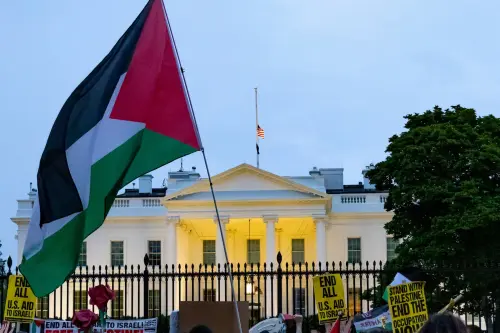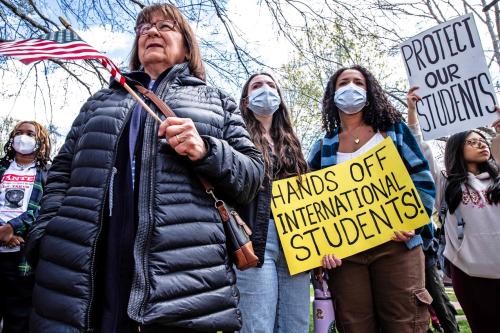In northern Uganda, the 20-year conflict between the Lord’s Resistance Army (LRA) and the government has uprooted nearly two million people – Africa’s largest crisis of internal displacement after Sudan. Nearly 90 percent of the north’s residents have been displaced to squalid camps, where large numbers have remained for more than 10 years. These internally displaced persons (IDPs) have experienced brutal attacks and mutilations at the hands of the LRA, insufficient access to food, clean water, health facilities and sanitation, as well as abuse by members of the Ugandan military tasked with their protection. “In few other places on Earth has so much suffering been inflicted on a civilian population,” observed Jan Egeland, the United Nations Emergency Relief Coordinator.1
The peace process that began in July 2006 brings hope that the conflict with the LRA may soon be resolved. And if peace is within reach, so too is the possibility that these uprooted, men, women and children may be able to return to their home areas. Establishing safe and sustainable conditions for the return of such a large number of people will create formidable challenges for the Ugandan government.
To guide the process, the government should draw upon its National Policy for Internally Displaced Persons. Uganda is one of just a few African countries to have adopted such a policy, and the international community should now strongly encourage the government to implement it and fulfill its national responsibility to protect and assist its displaced citizens.
1Jan Egeland, Briefing to journalists, 11 October 2006. http://www.reliefweb.int/rw/RWB.NSF/db900SID/EVOD-6UGJV8?OpenDocument
The Brookings Institution is committed to quality, independence, and impact.
We are supported by a diverse array of funders. In line with our values and policies, each Brookings publication represents the sole views of its author(s).



Commentary
Greater Pressure from International Community is Needed for Uganda to Implement National IDP Policy
November 30, 2006